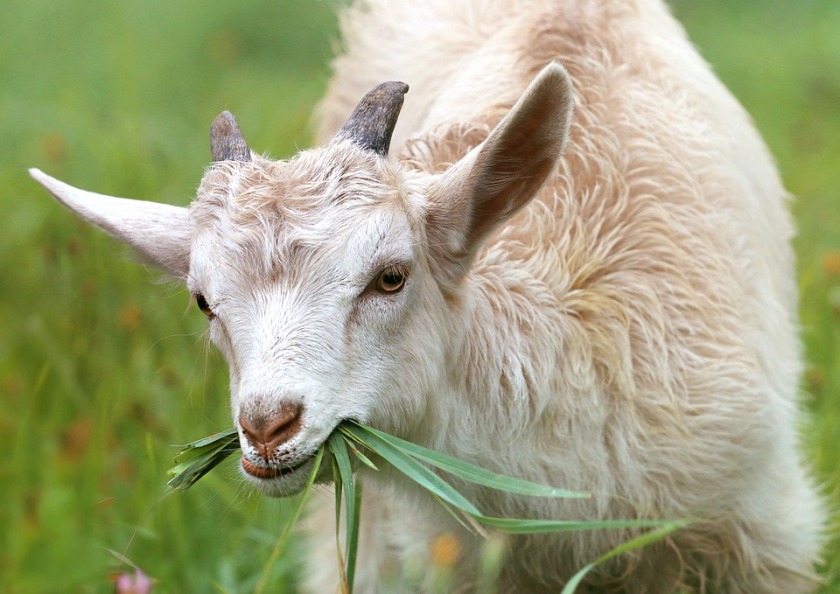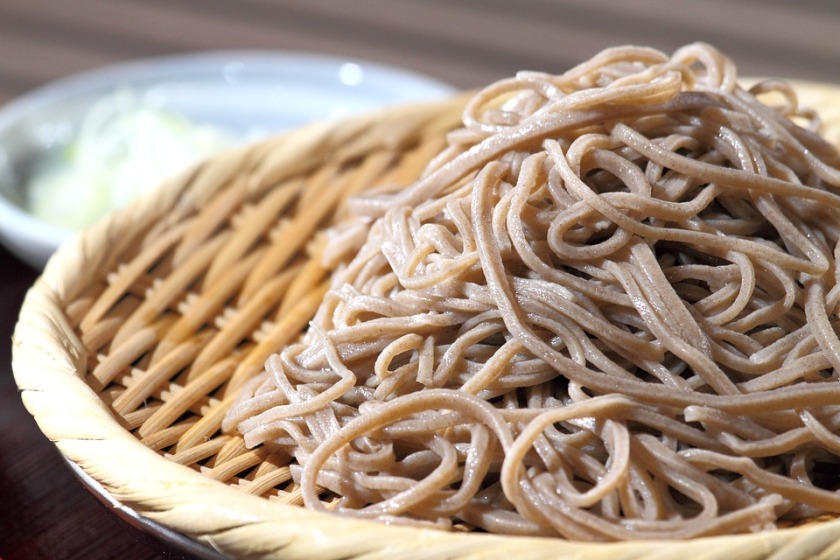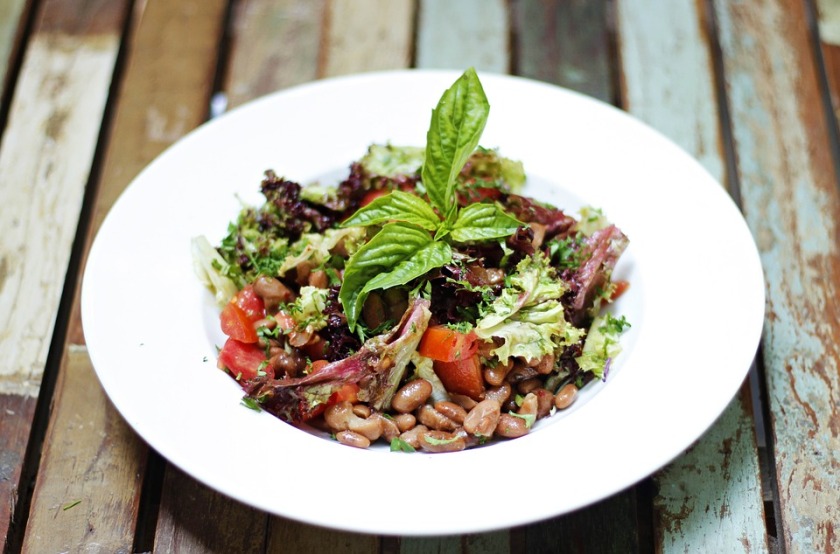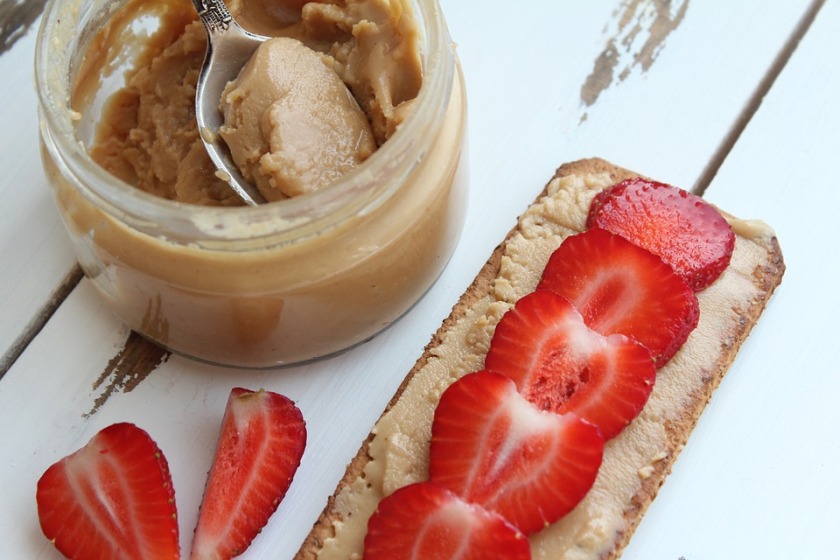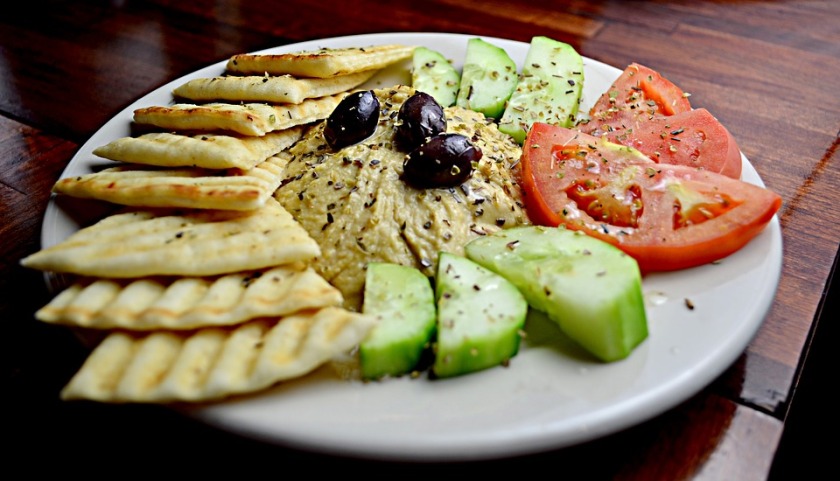January is happening… where did the time go?!
At this point many of you have probably made New Year’s resolutions that are focused on achieving a fitter, healthier, and happier you. Awesome.
You’re probably also simultaneously trembling in the face of holiday spending aftershock. Less awesome.
As a former year-round gym member, I can assure you that January is absolutely the worst month at the gym. The machines and workout spaces tend to crowd, tensions rise as both new and old members passive aggressively wait a little too long for equipment, and a mean streak of seasonal illnesses makes the close quarters all the more dangerous for everybody’s workout regimen.
Why not save yourself the money, and the dashed resolutions, and take up a form of free fitness? If you’re even kind of with me on this one, why not try running? After all, it’s totally free and you can easily burn 400-600 calories per hour.
Here are some tips to help you out if you’re new to the winter running game:
1. Check The Weather Before You Go
The Weather Network is my laptop homepage. I love the site because it’s super easy to check hourly or weekly forecasts, which is essential if you’re outdoorsy. The former is great for when you’re planning a run on a free day: it enables you to figure out if there’s any chance of snow or rain during your run so that you can reschedule or dress accordingly. The latter is perfect for planning a week of exercise or activity: this way you can schedule at home workouts (like yoga, Pilates or HIT) for stormy days in advance, preventing less than ideal conditions from steamrolling your fitness motivation.

2. Plan Your Route
Many local trails are not maintained throughout the winter and make for better skiing or snowshoeing than running. Due to this as well as the sparsity daylight hours, I strongly recommend sticking to sidewalks during winter runs.
Sidewalks around universities are often cleared first and well maintained during the winter because these institutions tend to employ private snow clearing companies. Side streets and dead ends tend to get the short end of the stick and should be avoided or used with caution unless you’re certain that they have been adequately cleared and salted or sanded.
The website MapMyRun provides many pre-calculated running routes in Halifax and in other areas. GoogleMaps also provides accurate distance information and can be used to build a custom route in your own neighborhood. Simply break your run down into sections, plotting start and end points according to the route you plan to take, and add the distances to form a cumulative overview of your run.

3. Dress For Success
Let’s get one thing straight:
You don’t have to spend a fortune on name brand clothing in order to maximize your workout.
The clothing that you wear should fit comfortably and allow you to move freely.The aesthetic element of your run is way less important. Honestly, if you’re really putting your heart into it you’re going to be making a weird workout face anyway.

The main thing to remember is to wear plenty of light layers and good shoes.
Make sure that you coat your shoes with a weatherproofing agent to prevent them from being destroyed by the salt or sand that is laid down to combat icy sidewalks. Consider investing in an over-the-shoe grip product like Yaktrax ($30) to prevent slipping. Given the ice-pocalypse in Halifax a few years ago you should probably consider picking these up anyway: they’re almost half the cost of a monthly gym membership, which is way less than the cost of a missed day at work due to an ice related injury.
If you’re new to dressing for outdoor running check out Dress My Run, a neat-o burrito website that tells you what you should wear for a run based on the weather in your area. Don’t bother buying the Amazon clothing that’s linked to the website, just improvise with your own clothing.
Until you get used to dressing for winter runs, choose to run in multiple shorter loops near to your house instead of running in one large loop so that you can pop inside and add or remove a few layers as needed.
4. Hydrate Like It’s Summer
Since you don’t sweat as much in cold temperatures, remembering to hydrate sufficiently can sometimes be difficult for new winter runners. Drink water, a sports drink, or milk, after your workout to ensure that you do not get dehydrated.
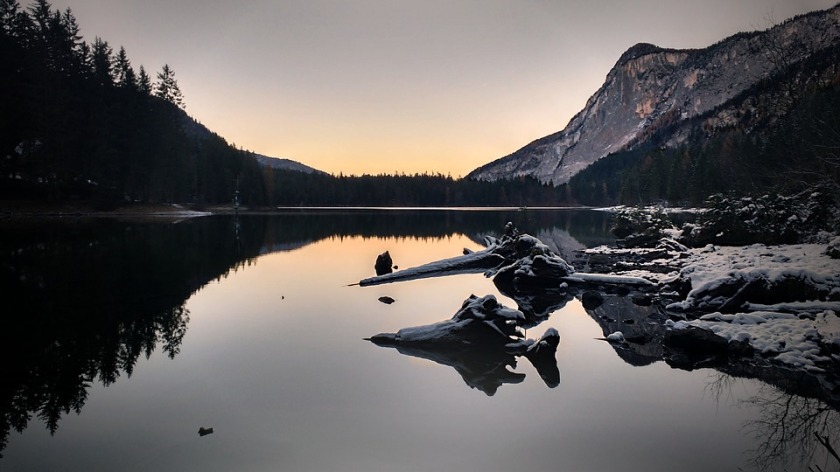
5. Don’t Be Afraid To Take A Snow Day
It is not safe to run in extreme weather conditions. If you force yourself to go out into an intense blizzard or ignore warnings about dangerously low temperatures you run the risk of injury, or even death. Always use practical sense when deciding whether or not to cancel your run for the day. If you do have to cancel don’t sweat it, you can still sweat with an great home workout such as HIT (High Intensity Training) or Zumba.
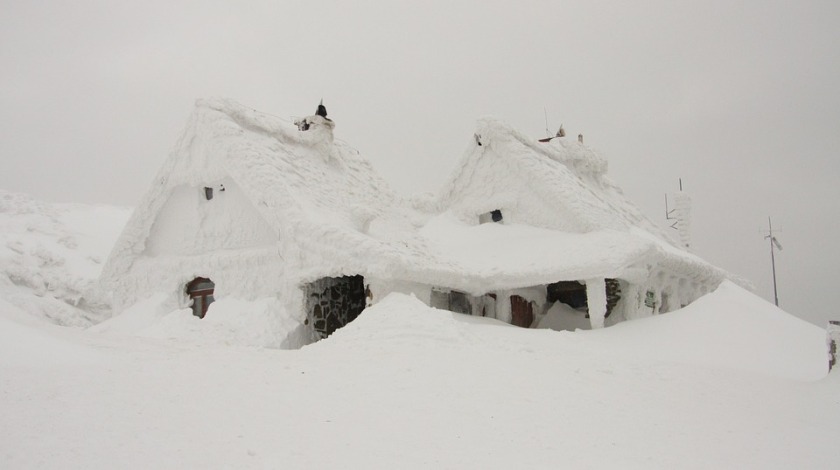
Happy trails!


